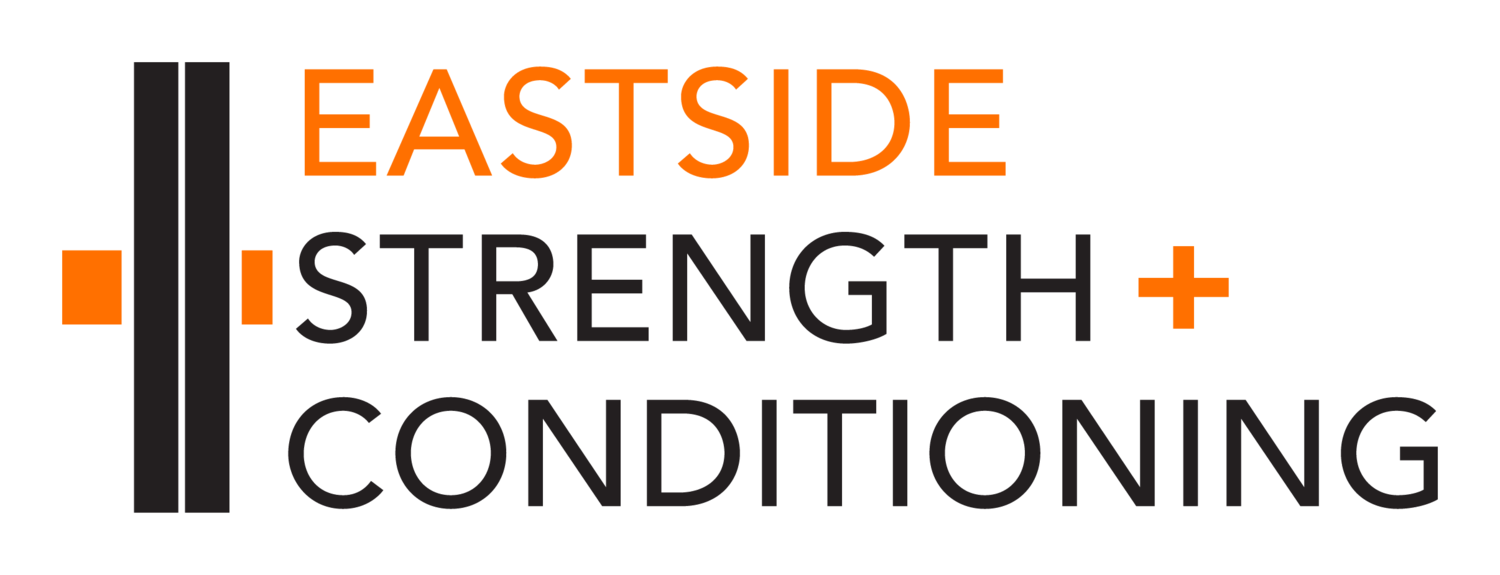
"Well, you're in your little room, and you're working on something good. But if it's really good, you're gonna need a bigger room. And when you're in the bigger room, you might not know what to do. You might have to think of, how you got started, sitting in your little room."
-- Little Room, White Stripes

Rope climbing develops upper-body and grip capacity.

The dynamic pull-up (aka kipping pull-up) involves a well-timed handoff of motion between lower- and upper-body components. The lower body starts this movement with a forward and back swing, and then hands off the momentum to the upper body.
Teaching the hip-swing portion of the kipping pull-up can be aided by having the athlete hang from the pull-up bar while the trainer initiates the swing forward and back with a forward push on the sacrum and backward push on the belly. This is one way to get a feel for the rhythm and timing of the swing that sets off the movement.

Four friends getting familiar with CrossFit fundamentals together.

One-mile 170-pound team sandbag carry.

Mason working the kipping pull up.
 From the left: back not in extension, cued to "lift your chest," back in extension (note wrinkles in shirt).
From the left: back not in extension, cued to "lift your chest," back in extension (note wrinkles in shirt).
“‘Lifting the chest’ is an important thing to learn how to do. It is something you will need to do often in the weight room, with every exercise you do. It is the way you get your upper back into ‘normal anatomical position,’ the position in which your spine is safe while bearing a load. It may be confusing for some, who may interpret this as making the torso angle more vertical. Imagine someone touching you on the sternum and telling you to “Lift this up.” And then realize that this “chest” movement can be done no matter where the back is relative to the floor.”

Christine practices hand balancing.
Working inverted develops a bunch of the core elements of true fitness--strength, agility, flexibility, coordination, and balance—as well as a lot of more unusual but equally important abilities: spatial awareness, body control, trunk stability, wrist flexibility and strength, and tolerance for inversion itself, to name a few. Plus it’s just plain fun.
When was the last time you did a handstand?








